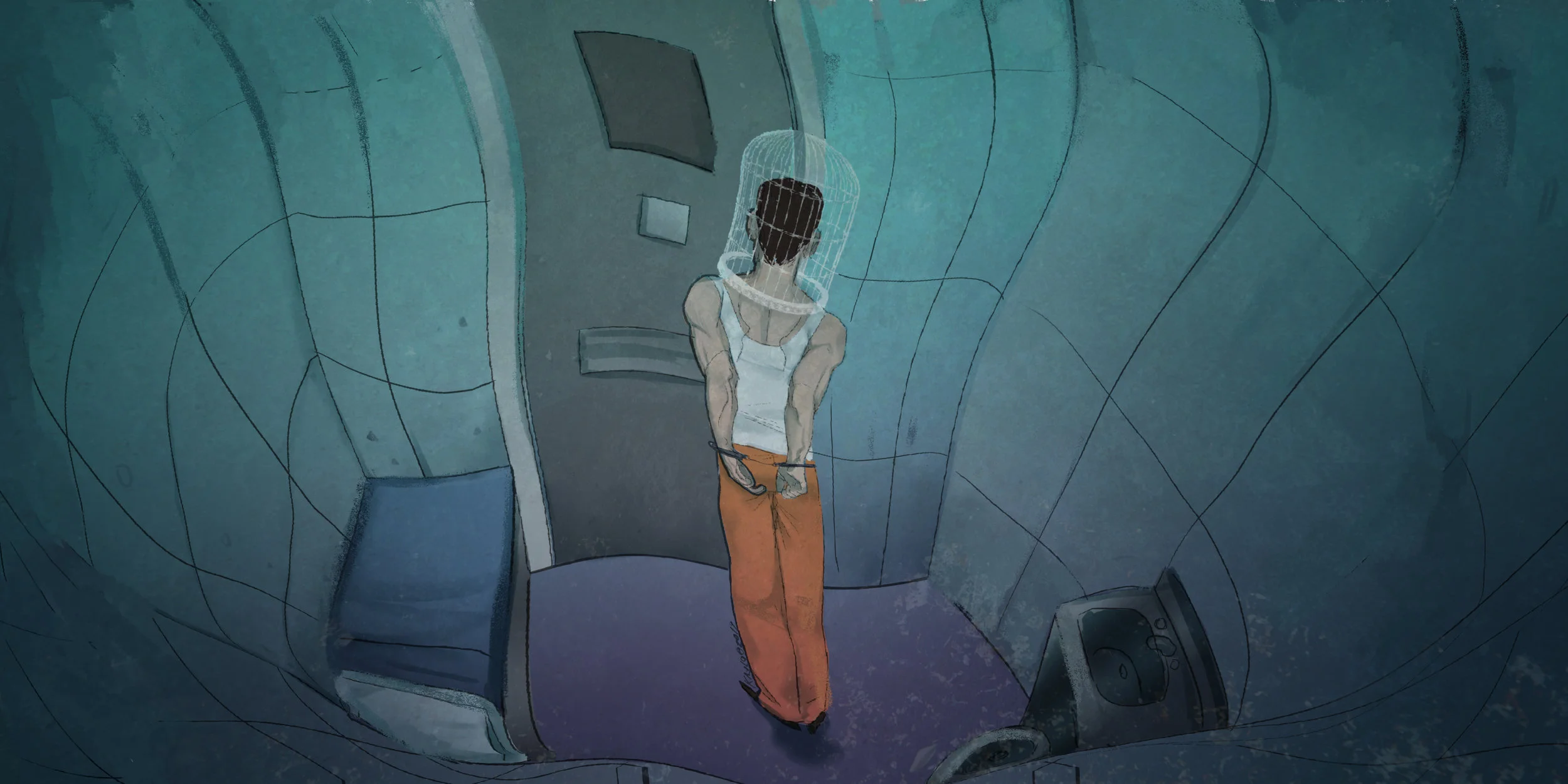October 2018
Issue 30: Isolation
It might seem like the world is so interconnected in this age that true isolation can’t possibly exist. Makes you wonder what happens to the separated, the segregated, the forgotten ones who keep on living out of our everyday sight.
This month we look into solitary confinement in prisons, quarantine for astronauts and the dangers of loneliness. We also shine a light on island evolution, faraway monster stories and the dark of the deep sea to see what goes on where no-one is watching.
A perfect read for one of those lonely nights.
Cover illustration by Elena Garcia
Editorial
Features
After prisoners went on strike across the United States, guards locked some protestors in solitary confinement. How does isolation in prison affect mental health?
Rising levels of loneliness are harming our health. Sadly, there’s no magic bullet for this modern malady.
Humans have long imagined islands populated by bizarre and dangerous monsters. This unsettling speculation has been a vital part of how we came to understand the unknown.
For centuries, scientists on expeditionary voyages have made fascinating discoveries about the natural world. The deep sea remains one of the last unexplored frontiers – what secrets does it keep?
On Earth, quarantines help to contain outbreaks. During the Apollo Missions, NASA took precautions to make sure no alien germs hitched a ride back to Earth.
In a confined space, evolution sets off in some unusual directions.
Articles
Media often portrays ageing as a time of isolation and loneliness, but new research shows that this perception is inaccurate.
Are we stranding ourselves on digital islands of isolation?
From electrified frogs to salmon in MRI machines, aquatic animals have been at the cutting edge of neuroscience for decades.
Everywhere an animal goes, it leaves behind microscopic samples of its DNA. Can we exploit these traces for a greater good?
Columns
James Barr is studying caudal autotomy, the ability of some reptiles to drop and regrow their tail in response to a predator threat.
By subjecting triggerfish to vision tests, Naomi Green is helping us understand why coral reefs are such colourful places.
Scientific objectivity goes out the window when an ecologist is caught out in the rain with a small songbird.
Australia’s Favourite Fish
During October, we ran a poll to find Australia’s Favourite Fish.
The contest was hard fought, with almost 1,200 votes cast and voters championing their species on social media and even distributing ‘How to vote’ cards.
It was heartening to receive such a strong response to our national survey. Each of these fish deserves the recognition we would typically bestow upon a koala or magpie.
The leafy seadragon was crowned Australia’s Favourite Fish with 132 votes. To find out who else made the top 10, click here.



































































Scientists have a pretty high hit rate of working in remote places, with research taking them to the ends of the Earth, and sometimes even off it.